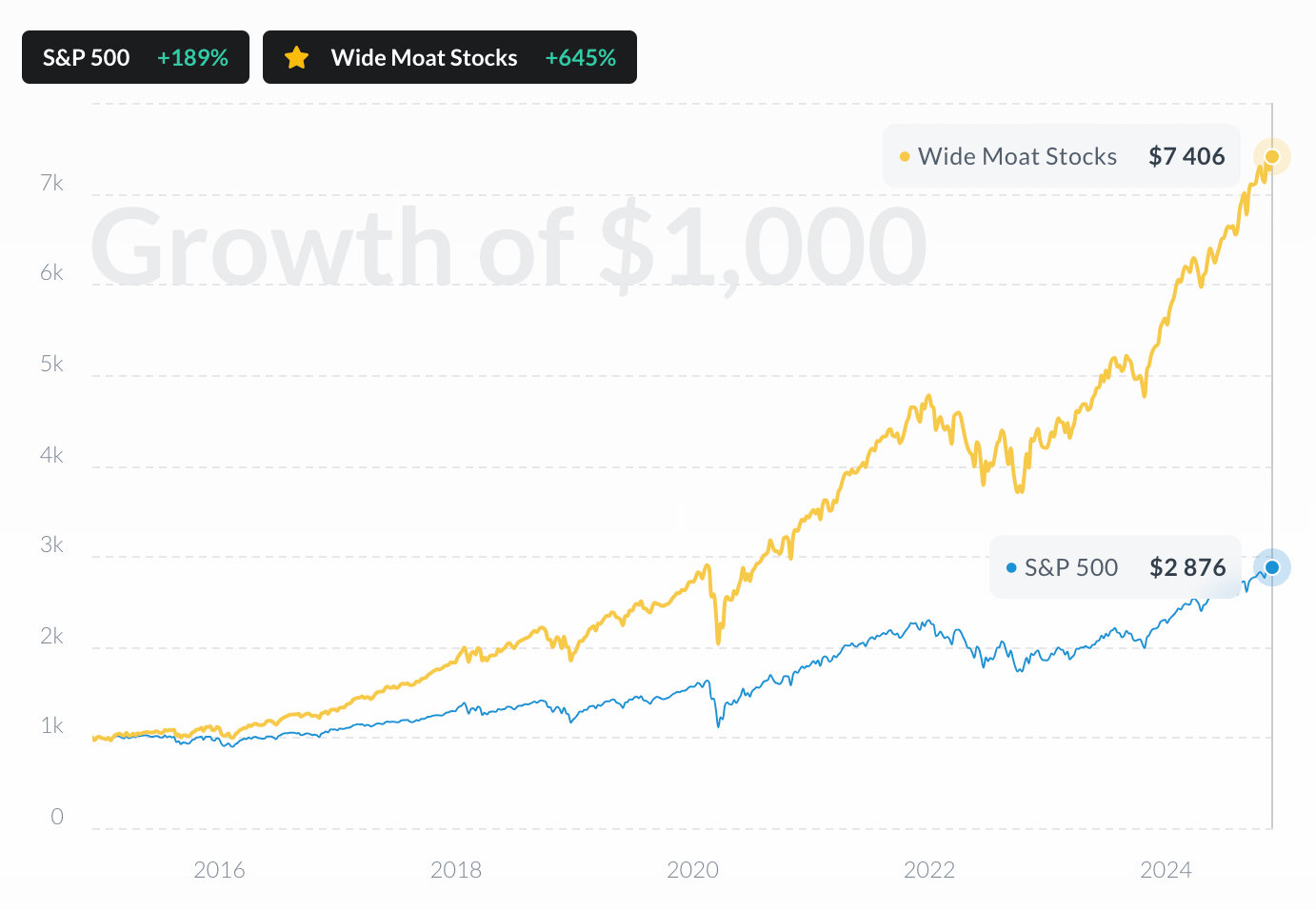 PETRONET
vs
BSE Sensex 30
PETRONET
vs
BSE Sensex 30
 PETRONET
PETRONET
Over the past 12 months, PETRONET has outperformed BSE Sensex 30, delivering a return of 11% compared to the BSE Sensex 30's 5% growth.
Stocks Performance
PETRONET vs BSE Sensex 30

Performance Gap
PETRONET vs BSE Sensex 30

Performance By Year
PETRONET vs BSE Sensex 30

Petronet LNG Ltd
Glance View
In the bustling corridors of India's energy landscape, Petronet LNG Ltd. stands as a pivotal player, forging a crucial link between global energy markets and India's burgeoning demand for cleaner fuels. Established in 1998 as a joint venture promoted by public sector undertakings like GAIL, ONGC, Indian Oil, and Bharat Petroleum, Petronet has transformed into one of India's leading suppliers of liquefied natural gas (LNG). The company operates primarily by importing LNG from international suppliers, leveraging its robust infrastructure to receive, store, and regasify the liquid fuel at its terminals in Dahej, Gujarat, and Kochi, Kerala. These state-of-the-art facilities transform chilled liquid gas into a gaseous state, making it suitable for transportation through pipelines to a diverse range of consumers, from power plants to fertilizer manufacturers and city gas networks. The story of Petronet LNG is intricately woven with India's energy strategy, as the nation seeks to balance its energy portfolio and reduce its carbon footprint. The company generates revenue by charging fees for the reception, storage, regasification, and transportation of LNG, thus functioning on a tolling model. Additional income streams are drawn from long-term contracts with global LNG suppliers, exemplifying its strategic partnerships and keen insights into the evolving energy markets. By ensuring a steady flow of LNG, Petronet not only fulfills a critical need for natural gas but also aligns itself with global sustainability goals, propelling India toward a future less reliant on coal and oil. This strategic positioning has enabled Petronet to reliably cash in on the market appetite for cleaner energy sources, reinforcing its status as a vital cog in the nation’s energy transition machinery.














































 You don't have any saved screeners yet
You don't have any saved screeners yet